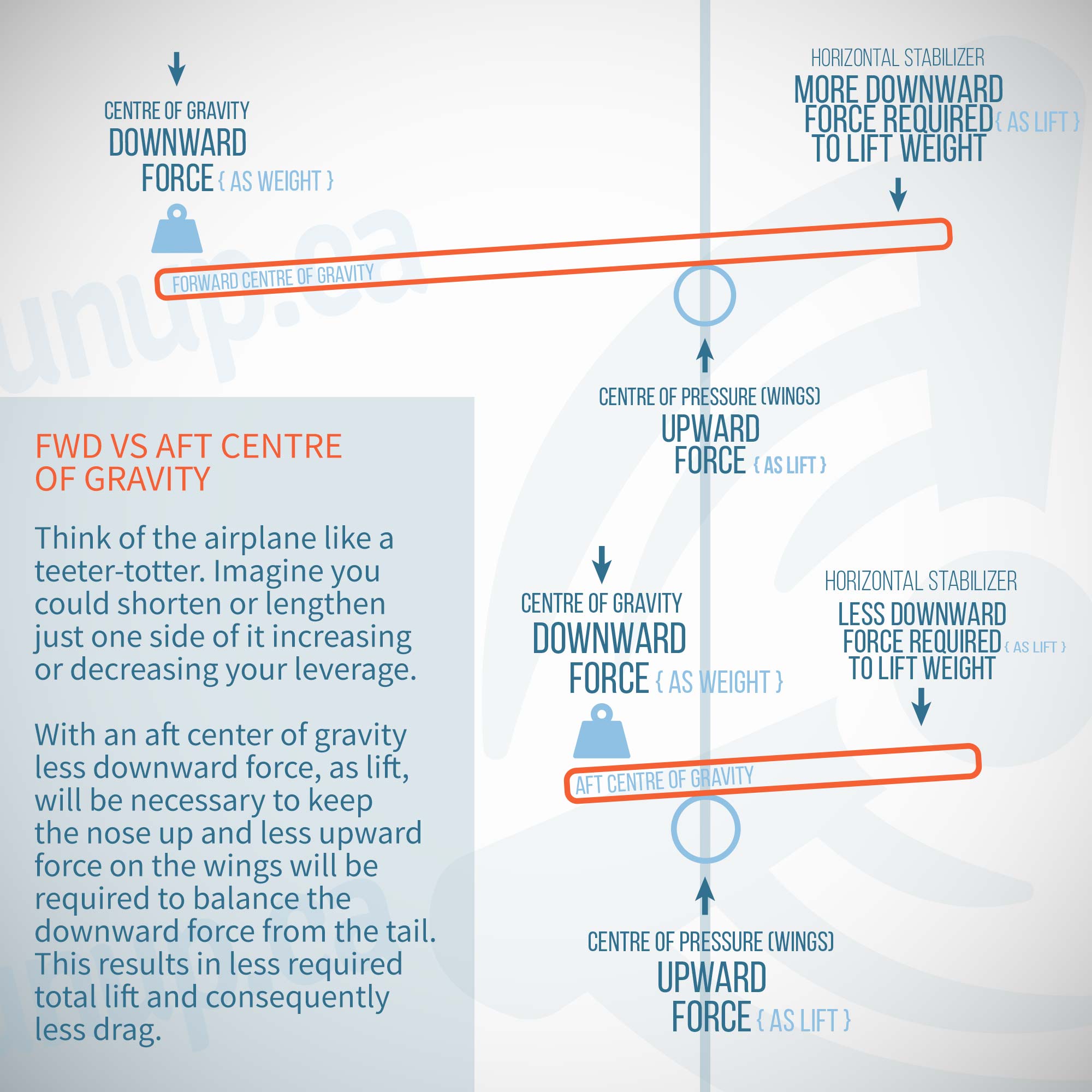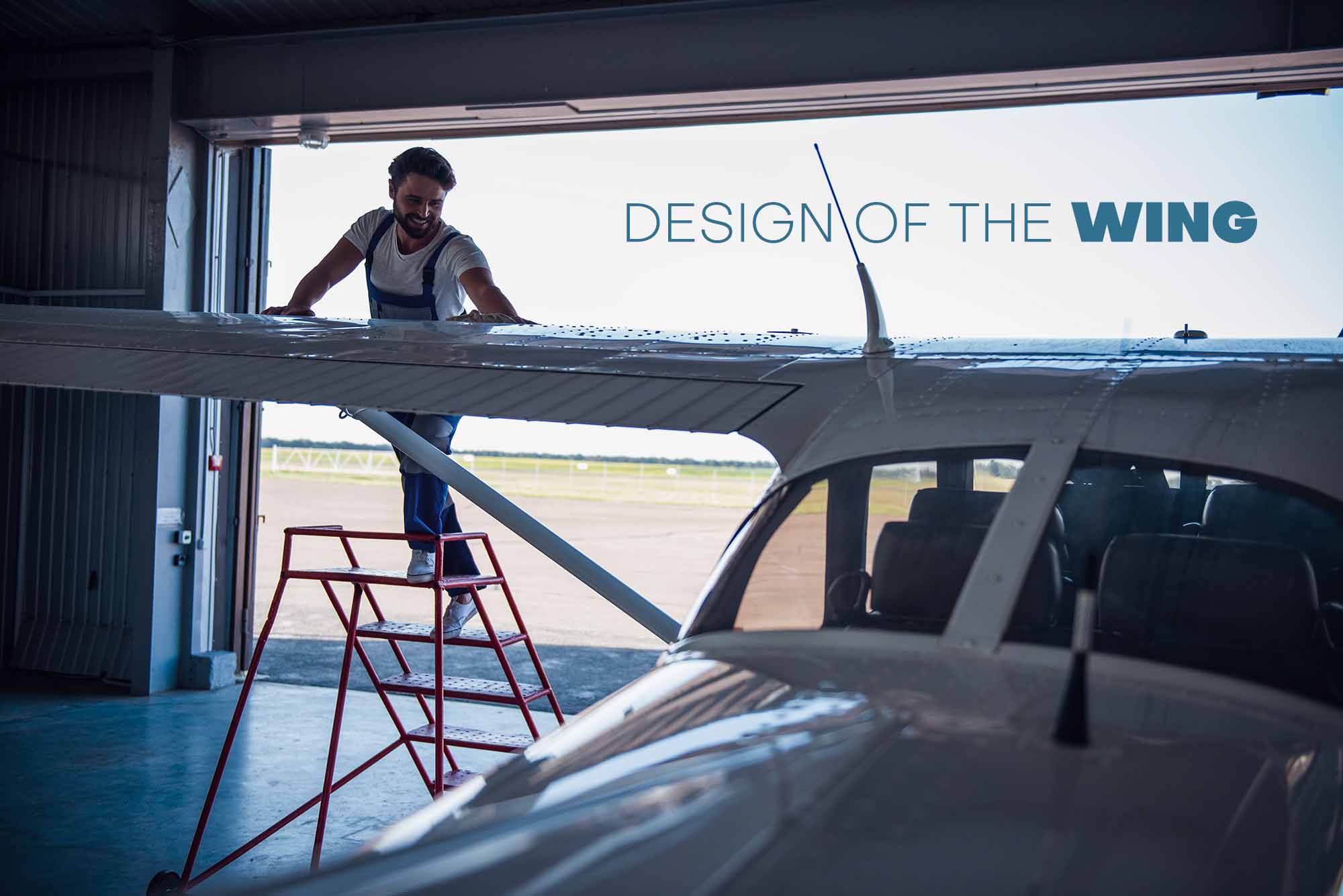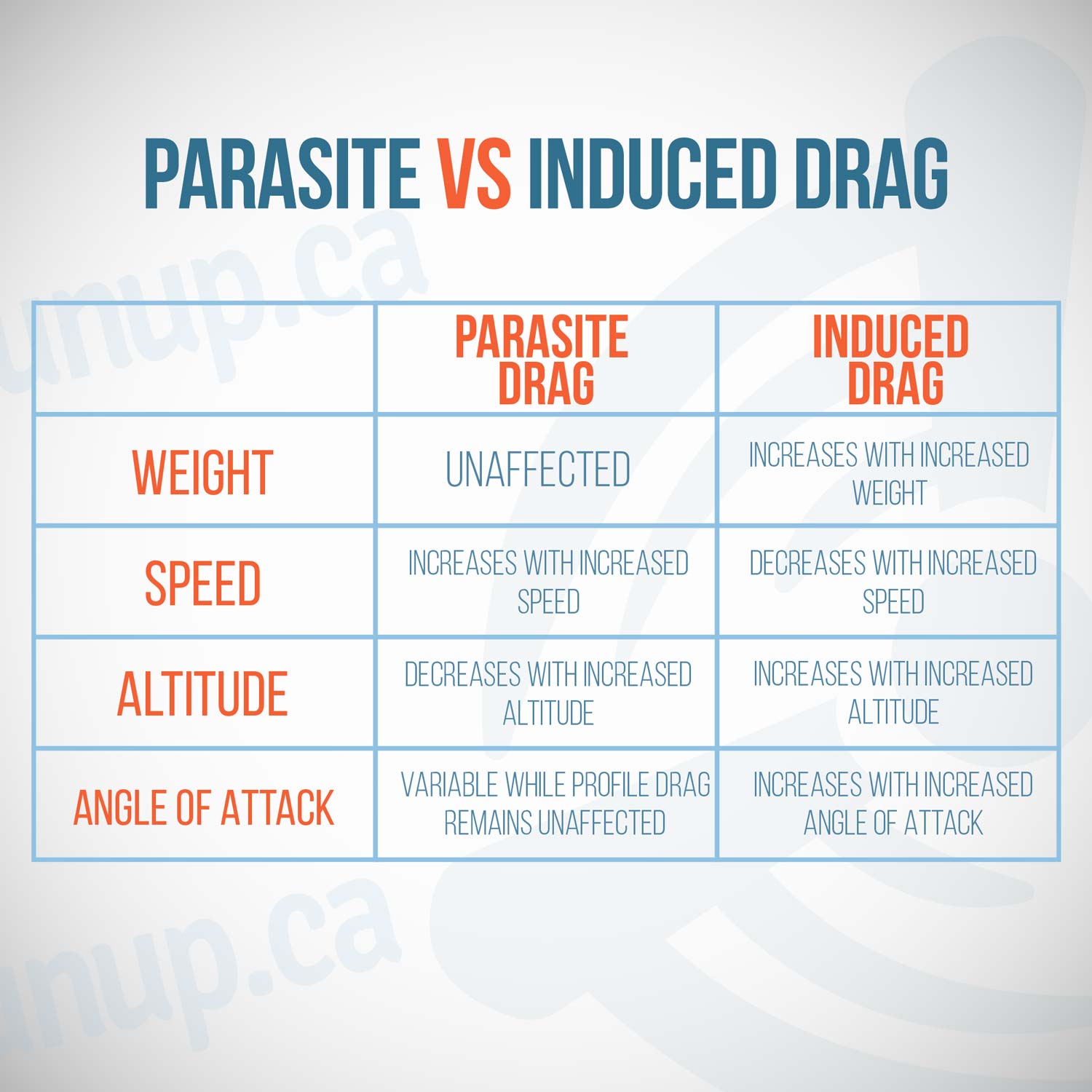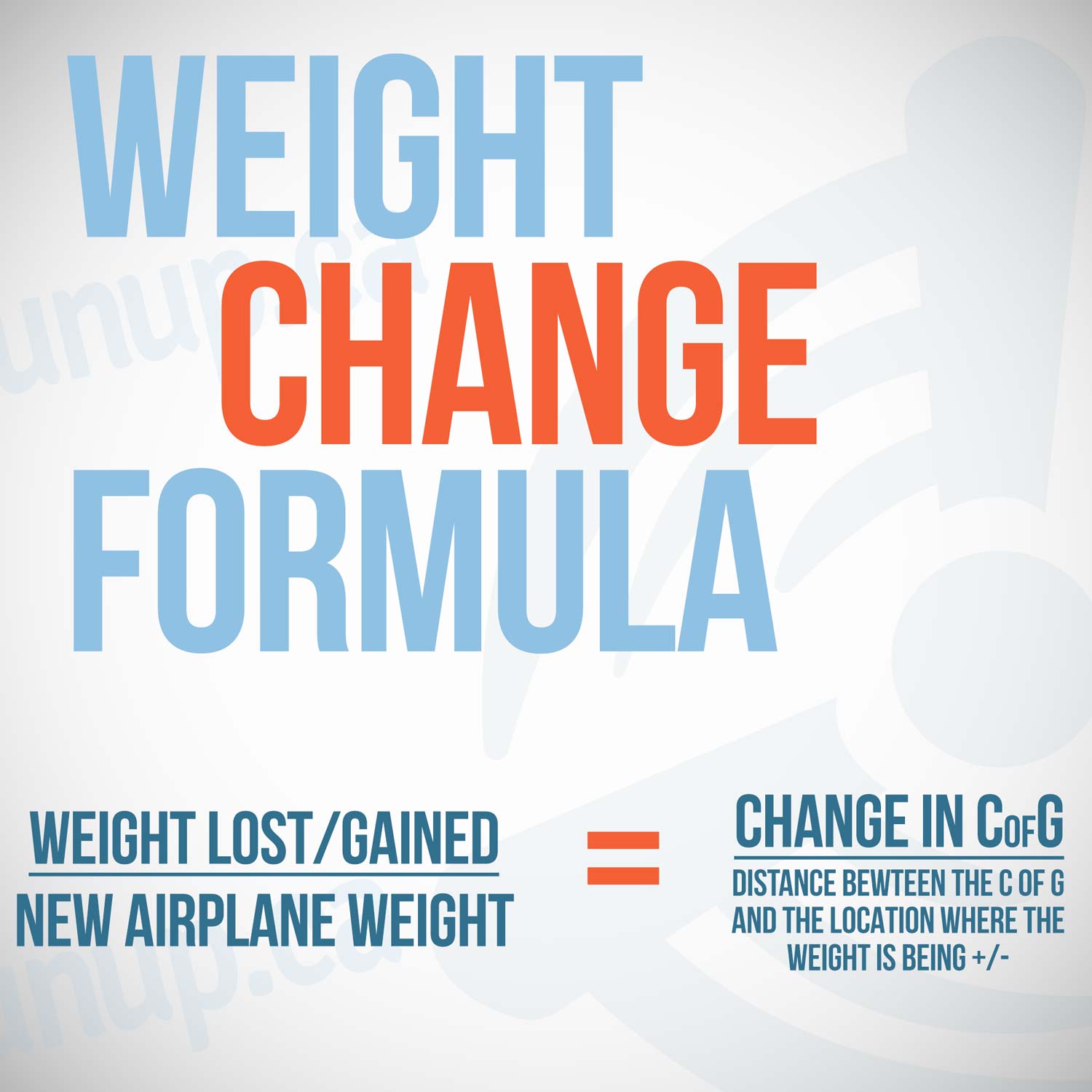How does the location of your airplane’s center of gravity effect your cruise performance?
The Variables
First we have 3 variables; the center of pressure, the center of gravity, and the downward force being created by the horizontal stabilizer (tail wing). The centre of pressure is the location on the bottom of the wings where lift is being generated. It is always, in conventional aircraft, located behind the center of gravity. The center of gravity is the point at which the weight of the airplane moves through.
Teeter-Totters
Think of the three variables as points on a teeter-totter where the center of pressure is the middle pivot point and the center of gravity (C of G) and the centre of pressure (C of P) are at opposite ends. See the image below. Picture a fat man on one end of the teeter-totter. If we want to raise that fat man up off the ground and have the teeter-totter perfectly balanced we are going to need someone equally as fat on the other end of the teeter-totter in order to balance the load.
However, what if you could shorten the length of one side of the teeter-totter? The side that the fat man was on. If we could do this we would now only need someone way less fat on the other side of the teeter-totter to raise the fat man off the ground and balance the load. In this case we would have much more leverage on the side opposite the fat man and would need much less downward force to put the teeter-totter in equilibrium.
The Position of Centre of Gravity
In an airplane we have the ability to shorten one side of the teeter-totter by moving the centre of gravity. We can do this by moving the load around in the cabin of the airplane. However, we always need to make sure we are withing the C of G envelope.
The Resulting Effect of the Location of your Centre of Gravity
If our C of G is placed more toward the aft limit of the airplane we will require less downward force on the tail wing to keep the nose up. This downward force is lift. More lift equals more induced drag. So less lift equals less induced drag. Furthermore, the amount of lift needed at the centre of pressure (the wings) to keep the plane ‘balanced’ will be less. Consequently, if we have a more aft centre of gravity we have less (induced) drag because the amount of upward and downward lift acting on the airplane is less than that of an airplane with a forward center of gravity. Since we require less lift we have less drag and thus better cruise performance.




Leave A Comment
You must be logged in to post a comment.